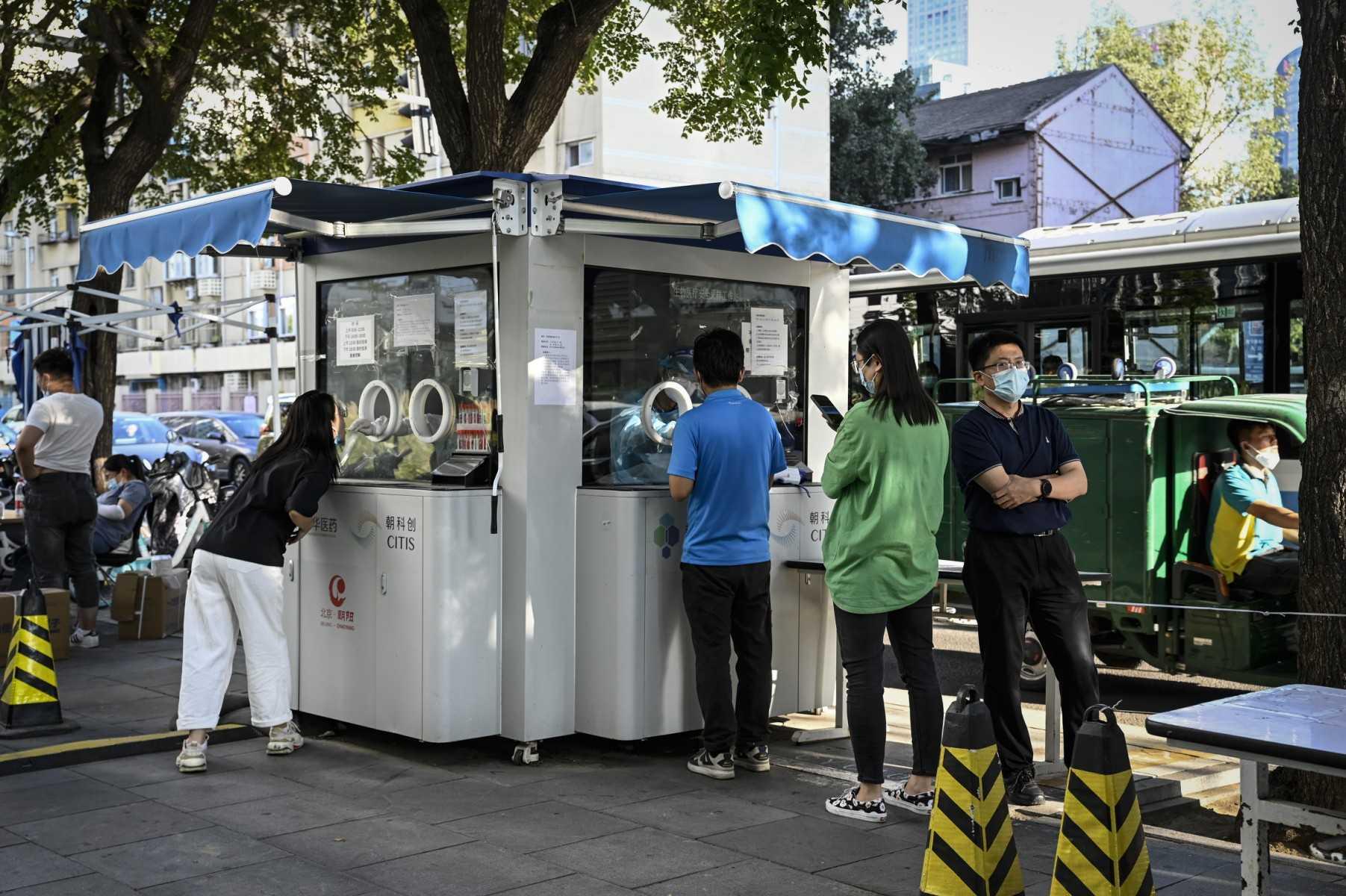Here to stay? China's cityscapes transformed by thousands of Covid test booths
Proof of a negative PCR test once every few days is required to guarantee access to public venues, places of work and mass transit - even when there is no outbreak.
Just In
A thousand days since the World Health Organization (WHO) was told of a "viral pneumonia" in central China, many countries have returned to pre-Covid-19 life. Not so China itself - in cities big or small, routine PCR testing is the new normal.
On Dec 31, 2019, the WHO's office in China was informed of cases of pneumonia of an unknown cause in the city of Wuhan, in Hubei province. Since then, the virus that is now known as SARS-CoV-2 has evolved into the less virulent Omicron variant, and most of the world has moved on.
After Shanghai was locked down in April and May to contain the highly transmissible Omicron strain, regular testing for the virus has become a fact of everyday life to ensure fast detection and quarantine of the infected and close contacts. It's a policy that has been controversial and also a drain on public finances.
Tens of thousands of kerbside sampling booths where people can be tested day and night have become a permanent feature of Chinese cityscapes. Proof of a negative PCR test once every few days is required to guarantee access to public venues, places of work and mass transit - even when there is no outbreak.
Testing booths, typically container-like structures erected in the middle of a pavement, are staffed by a few health workers in hazmat suits ready to take quick throat swabs. Some booths operate 24 hours a day.
As of the end of May, about 15,000 booths had been set up in Shanghai, according to local media. Beijing had about 10,000, while Shenzhen had more than 7,000.
"Doing a PCR test every two days, I really feel it's a pure waste of resources," posted one user of Weibo, a popular Twitter-like microblog in China.
Subscribe to our newsletter
To be updated with all the latest news and analyses daily.
Most Read
No articles found.
